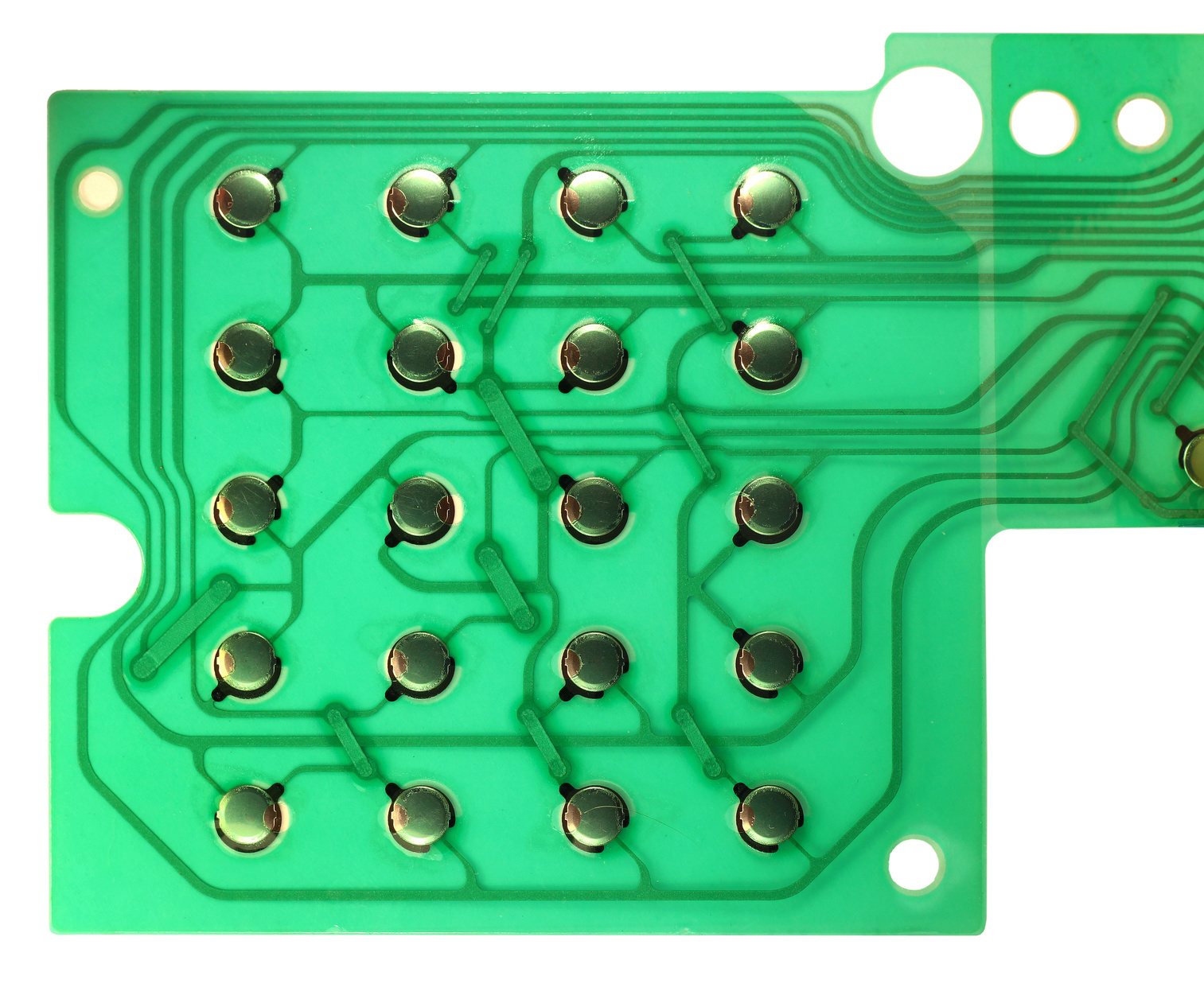Comprehending the Performance of Membrane Layer Switches for Customer Interface Instruments
The functionality of membrane switches over stands for a significant innovation in user interface style, incorporating effectiveness with visual flexibility. These buttons run via a multi-layered framework that converts individual interactions into electric signals, enabling both compact formats and resilience versus environmental variables. As sectors progressively prioritize customer experience, understanding the subtleties of membrane layer switch technology comes to be vital. What ramifications do these advancements hold for future applications, and exactly how might they redefine individual communications throughout different gadgets?
What Are Membrane Switches?
Membrane switches are ingenious interface tools that promote individual communication with electronic equipment. These functional components contain several layers, including a visuals overlay, spacer, and a printed circuit layer. The design permits a seamless assimilation right into different electronic gadgets, improving both the visual and practical elements of user interfaces.
Membrane switches are frequently utilized in a broad array of applications, from household devices to industrial equipment and clinical tools. Their building normally features a thin profile, making them a suitable selection for small designs. The responsive responses given by these switches can be engineered to satisfy details customer choices, making sure reliable interaction between the user and the device.
Resilience is one more substantial advantage of membrane layer switches, as they are immune to dust, moisture, and chemicals, which improves their life-span popular atmospheres. Additionally, these switches can be customized in regards to form, size, and visuals design, allowing for branding and user-specific functions. Generally, membrane layer switches over represent a practical service for boosting user experience in digital tools, integrating capability with aesthetic allure in an efficient fashion.
Exactly How Membrane Switches Over Job
Operating on a simple principle, membrane changes make use of a split building and construction to sign up user input effectively. Each switch includes several layers, consisting of a published circuit layer, a spacer layer, and a top visuals layer, which are created to work with each other seamlessly. When a user presses the leading layer, it compresses the spacer layer, bringing the conductive aspects of the circuit layer into contact with each various other.
This call creates a closed circuit, signifying the tool to perform a specific function. The style enables numerous setups, including responsive feedback, which can improve the user experience by giving a physical feeling upon activation. The products made use of in membrane layer buttons frequently consist of adaptable substratums, such as polyester or polycarbonate, which make certain resilience and strength versus damage.

Key Advantages of Membrane Switches

Another significant benefit is their compactness. Membrane buttons are slim and lightweight, which makes it possible for makers to save space in their tools without giving up capability. This attribute is especially valuable in applications where weight and quantity are essential factors to consider.
In addition, membrane buttons are immune to dirt, wetness, and chemicals, enhancing their toughness. This resilience extends their life expectancy and decreases the demand for regular replacements, leading to cost savings with time.
In addition, the tactile responses supplied by membrane layer switches can be optimized to improve customer interaction. They can include attributes such as raised switches or distinct clicks, boosting usability and customer experience.
Applications Across Industries
Interface gadgets utilizing membrane buttons prevail in a vast array of industries, showcasing their versatility and functionality. Membrane Switch. In the medical market, membrane layer switches are indispensable to gadgets such as diagnostic devices and patient monitoring systems, where their toughness and simplicity of cleaning are crucial for maintaining hygiene requirements. In the automobile sector, these switches are utilized in control panel controls and infomercial systems, offering a smooth and modern user interface for individuals.
In addition, the consumer electronic devices sector gain from membrane layer switches in appliances and portable devices, where small design and straightforward user interfaces enhance individual experience. Industrial applications additionally leverage membrane layer changes for control panels in equipment and automation systems, emphasizing their robustness and resistance to rough settings.
In the aerospace and defense markets, membrane layer buttons are utilized in cockpit controls and equipment, where reliability and efficiency under severe problems are critical. In addition, the video gaming sector significantly includes membrane layer buttons in controllers and gallery machines, adding to an appealing customer experience. Overall, the convenience of membrane switches allows their extensive use across various markets, underscoring their value in contemporary individual interface layout.
Future Fads in Membrane Change Technology

In addition, the use of sophisticated materials, such as polycarbonate and polyester films, is anticipated to climb, offering boosted longevity and resistance to ecological stressors. These materials add to the overall durability of membrane switches, making them ideal for harsher industrial applications.
Additionally, the unification of wise technology, including IoT connection, will certainly allow membrane buttons to connect with other gadgets and systems, facilitating an extra interactive customer experience. This trend aligns with the growing need for clever gadgets throughout numerous sectors, from healthcare to consumer electronic devices.
Finally, personalization alternatives are expected to expand, permitting check here suppliers to develop bespoke options tailored to details customer demands and preferences. These developments will place membrane layer buttons as important elements in the evolution of individual interface innovation.
Conclusion
In conclusion, membrane layer changes represent an essential advancement in interface technology, supplying a reliable and functional option for varied digital applications. Their split construction helps with portable style, while attributes such as tactile responses improve user communication. The sturdiness against ecological factors additionally strengthens their utility across multiple sectors. As innovations in material scientific research and touch noticing modern technologies continue, the functionality and applicability of membrane layer switches are anticipated to increase, strengthening their relevance in contemporary electronic tools.